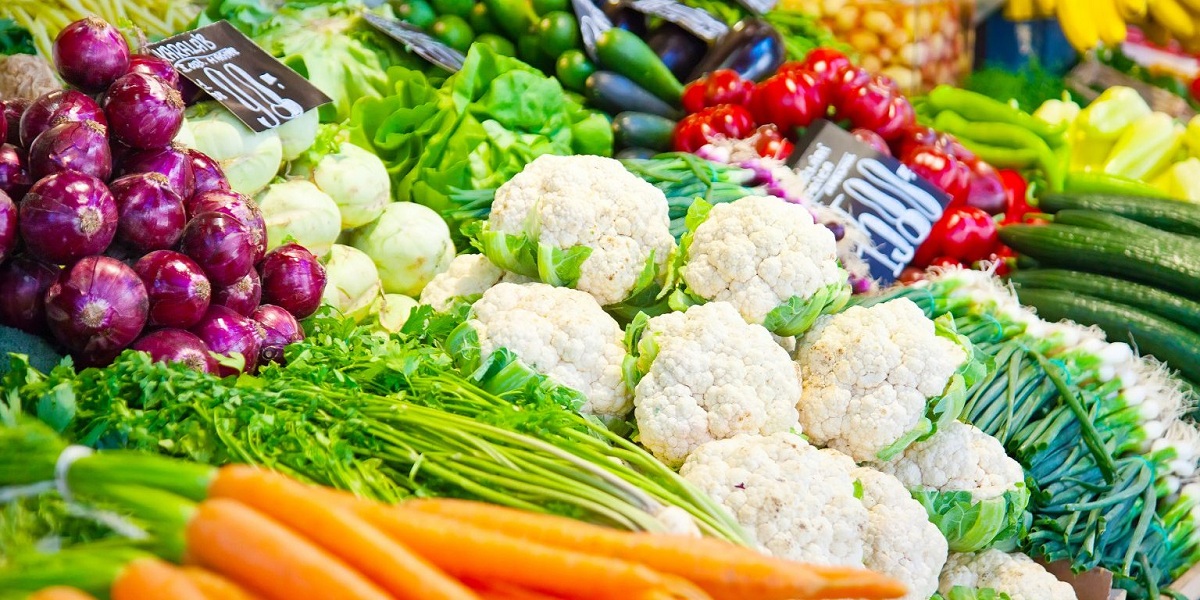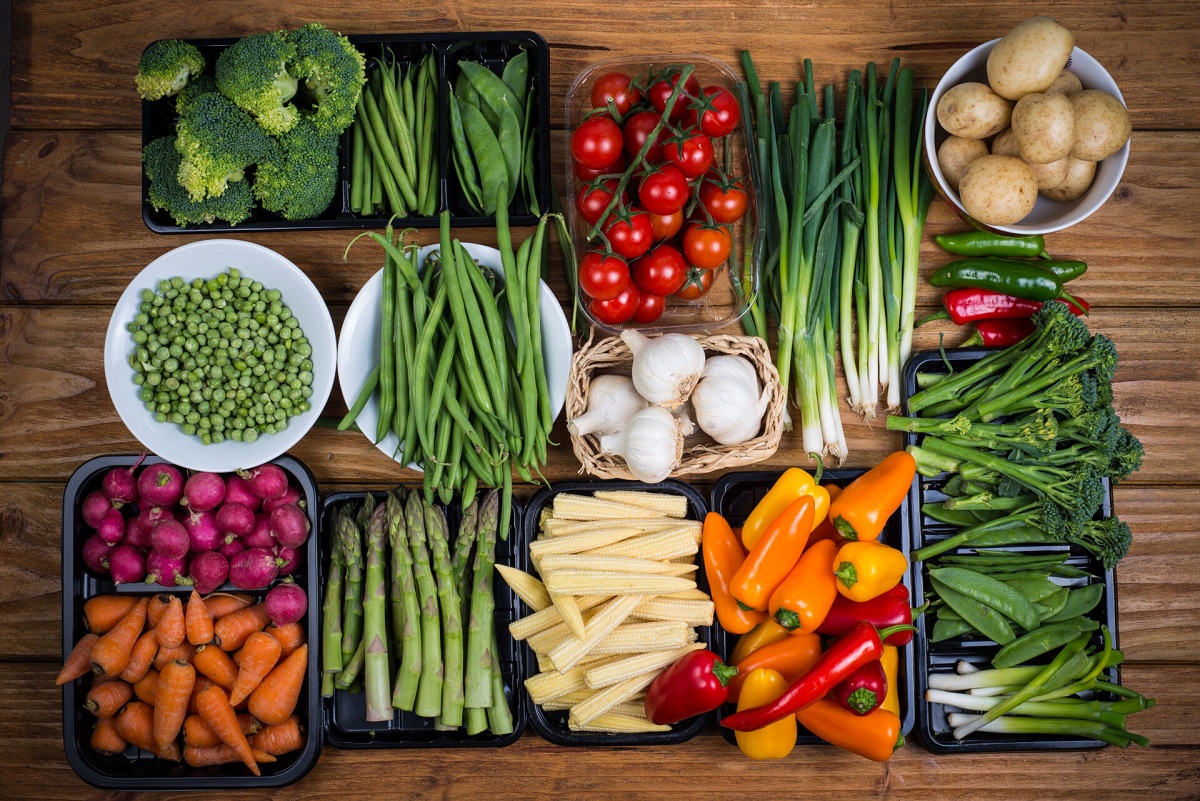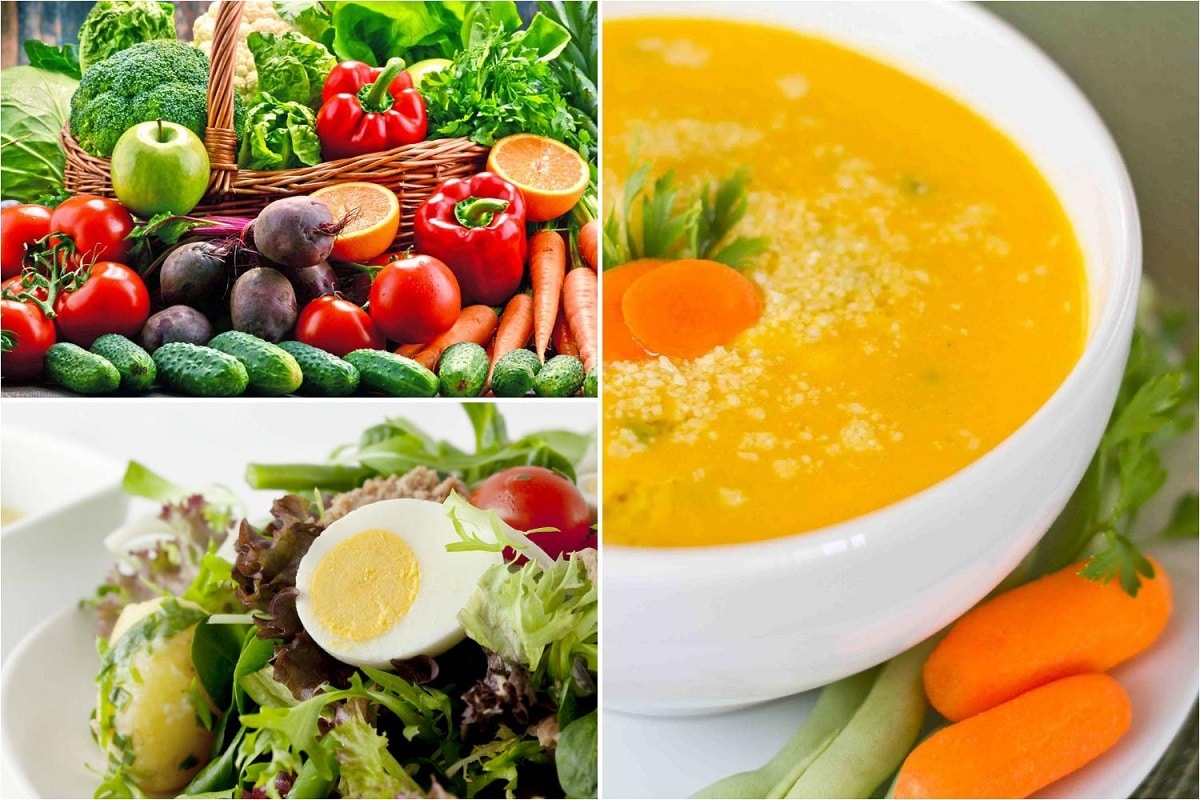
When we talk about a healthy diet, we cannot prevent vegetables from coming to our head. But how many types of vegetables exist? That is a question that many people can ask and that is difficult to answer since there are so many varieties and types of vegetables. Each type of vegetable has its unique characteristics and beneficial health properties.
In this article we are going to try to classify all types of vegetables according to various aspects to take into account. If you want to know more about vegetables, this is your post.
Vegetables for a healthy diet

We know very well that if we want to have a balanced dietary plan to obtain the maximum benefits in our health and an improvement in cognitive abilities, we have to introduce vegetables into the diet. The different types of vegetables help prevent major diseases that begin in adulthood. Therefore, it is necessary that children have a good education when introducing vegetables into their diet. This area of parents and in schools is to instill good eating habits. This is how we make meals a pleasant moment when it comes to including a variety of vegetables.
Vegetables have very good properties and there are millions of types. We can divide them depending on their characteristics, their way of cooking, their way of consuming, etc. A fundamental aspect that vegetables have when it comes to achieving our fat loss goal is that barely contain calories. It is a good way to stay and treated and to incorporate the vitamins and minerals it needs into our body. We are going to see the different types of vegetables that exist.
Types of vegetables

Leafy vegetables
They are the vegetables that form edible leaves and that usually have a tender texture. These are the vegetables, perhaps best known, for being the ones that are included in salads. We have as an example chard, lamb's lettuce, cabbage, lettuce and all its varieties, spinach, endives, endives, etc.
Nothing more than with the varieties of lettuce there is time to talk. We must bear in mind that one of the most consumed lettuces is the iceberg and, however, it is the one that contains the least nutritional properties. Its introduction into a healthy diet is not recommended since, Although its caloric intake is minimal, so is its nutritional intake.
Stem vegetables
These are the vegetables from which the tender stems are used. These stems can be consumed both coludos and cooked and in multiple ways. They are usually quite nutritious and low in calories. The best known are thistles and asparagus. Asparagus are the stalks most in demand almost worldwide and widely used in almost all kinds of dishes such as garnish, salads and vegetable creams.
Vegetables with inflorescences
These vegetables receive this name because they take advantage of the inflorescences when they are tender. These vegetables are high in vitamins and minerals, although they tend to produce some gases for people who are not used to introducing these types of products into the diet. We have the most popular inflorescences vegetables which are cauliflowers and broccoli.
Broccoli is one of the least desired foods by the population, there are many ways to cook it to make it a healthy option and we can subtract that more bitter taste that it may have. For example, we can accompany it with a bit of gratin cheese, a zero sauce or put them in a vegetable cream accompanied by others where its flavor does not stand out.
Yolk vegetables
These vegetables are so called because what is used is the yolk. We have artichokes, Brussels sprouts, and various sprout greens. In the yolk where most of the nutrients of this vegetable are found.
There are also some ways to divide vegetables depending on the germination of cereal and legume seeds and their composition or place of origin.
Types of vegetables according to their composition
We know that most vegetables are low in carbohydrates. Usually they usually do not exceed 30 calories per 100 grams. This makes us a good option to introduce in low-calorie diets. Thanks to the fact that they also have a high fiber content, they provide satiety since a large volume of food occupies more space in the stomach but has hardly any calories.
We are going to put a small list of the most frequent vegetables that can be introduced into our diet due to their low carbohydrate content and their satiating power:
- Chard
- Artichokes
- Broccoli
- Asparagus
- Coles
- Spinach
- Lettuce
- Purslane
- Celery
- Sprouted alfalfa
These are the most consumed vegetables and that can be introduced into a diet as they are low in carbohydrates and high in fiber.
Types of vegetables as they are cooked

This is another of the ways in which we can classify the different types of vegetables. There is a wide variety of them that can be eaten raw, although others are more convenient to eat cooked. It is almost always recommended to eat vegetables raw since they keep all the vitamins and do not lose them during the cooking process. However, some of them are recommended to be eaten cooked since they can be indigestible if eaten raw. An example of them are cabbages. You can eat Brussels sprouts perfectly raw but they are indigestible.
In the family of vegetables that It is recommended to cook we have the broccoli, cauliflower, cabbage and with curly. What is not recommended when cooking is frying the vegetables. There are people who make vegetable platters but they are battered. This is how, apart from removing the nutrients from the vegetables, we add a huge amount of saturated fat.
It is much more convenient and healthy to boil many of the vegetables or grill them. Another way to cook vegetables in a healthy way is to steam.
I hope that with this information you can learn more about the different types of vegetables and the need to introduce them into a healthy diet.